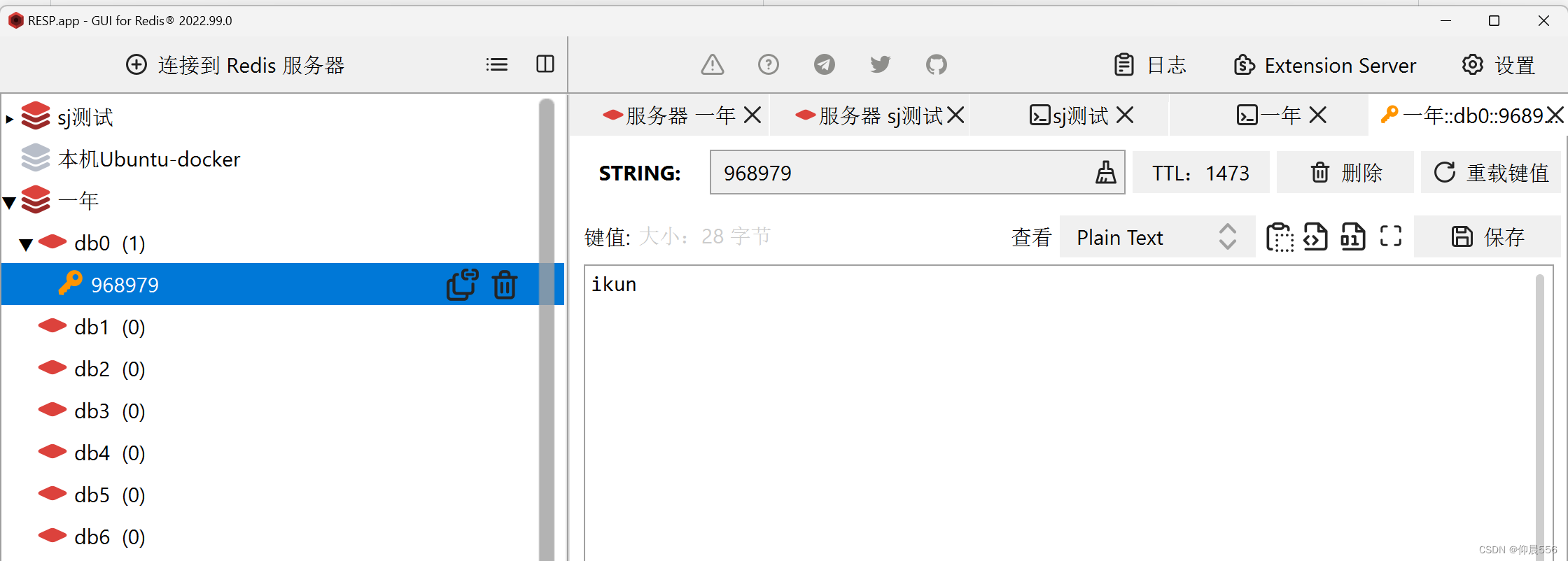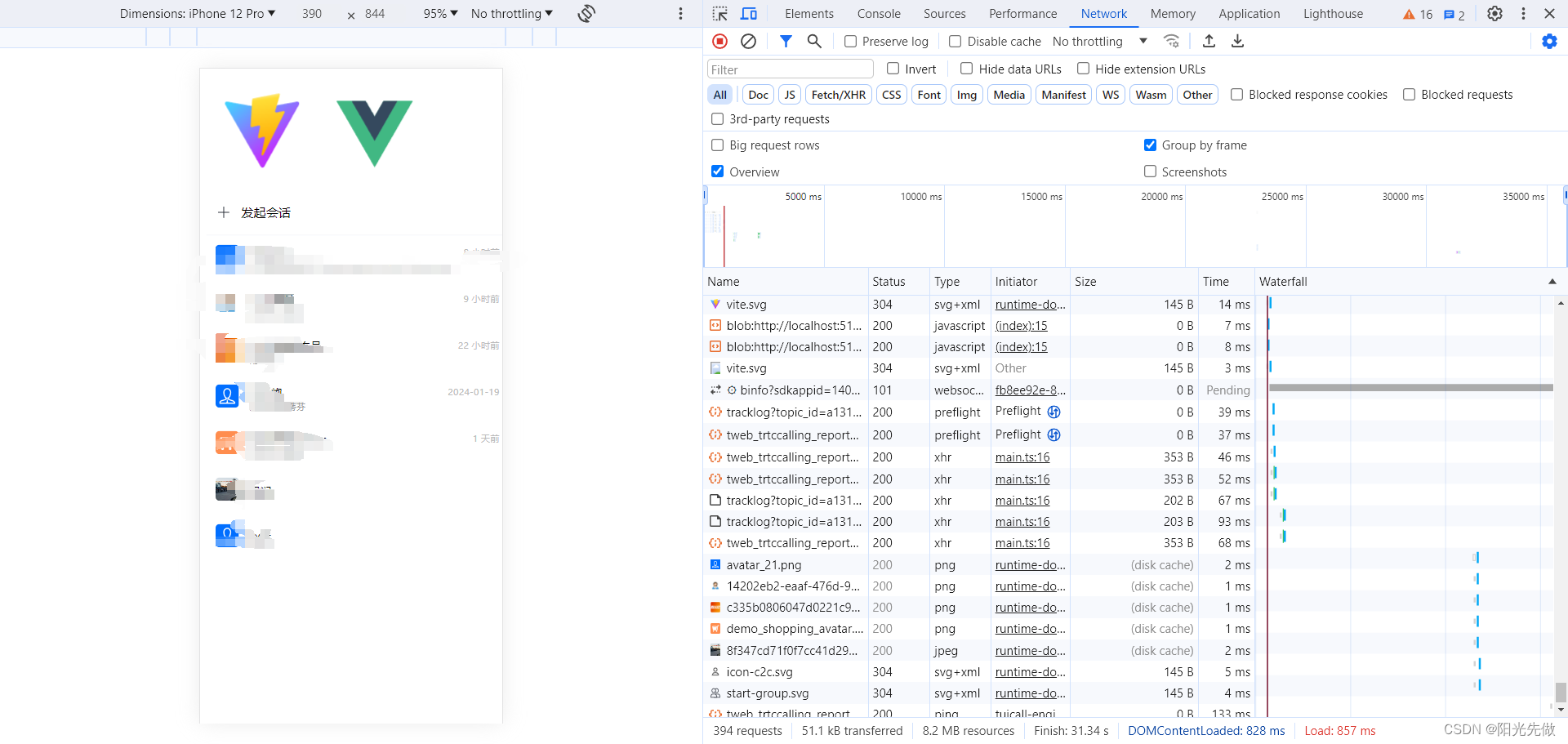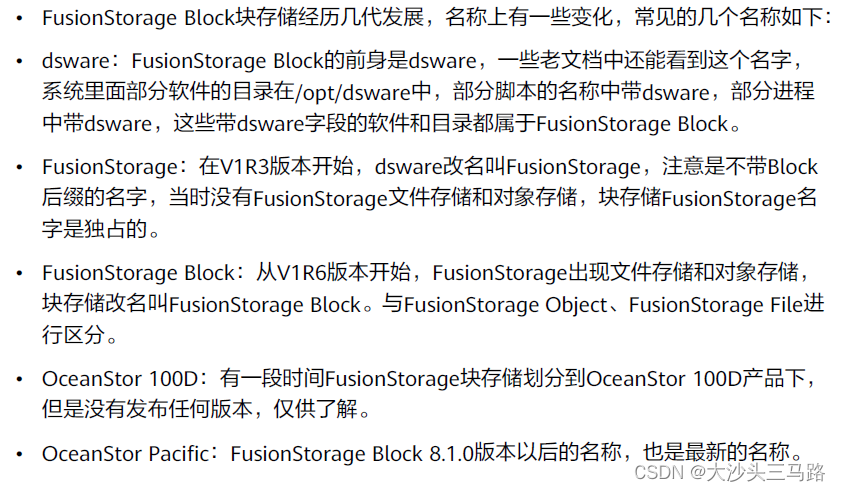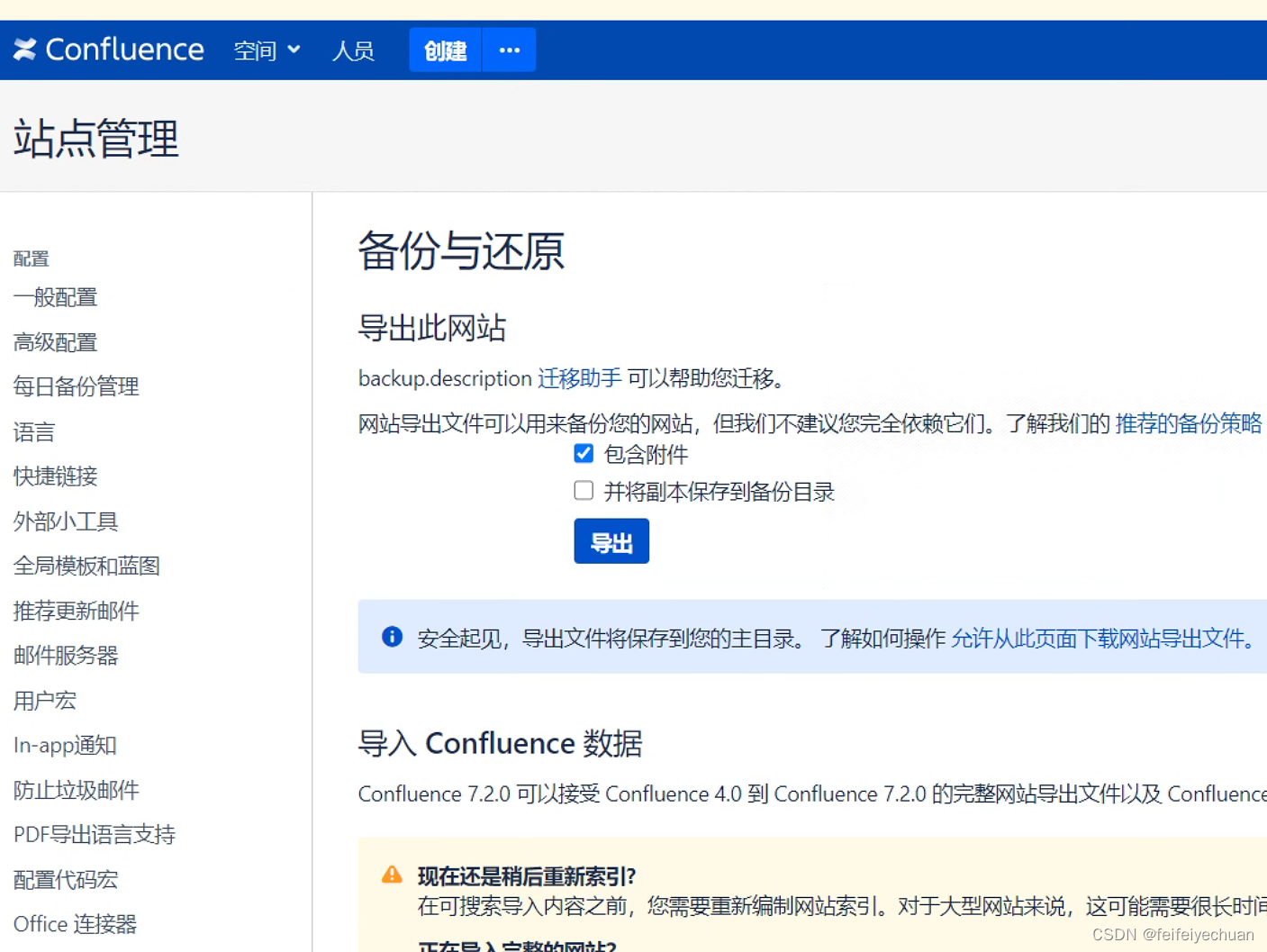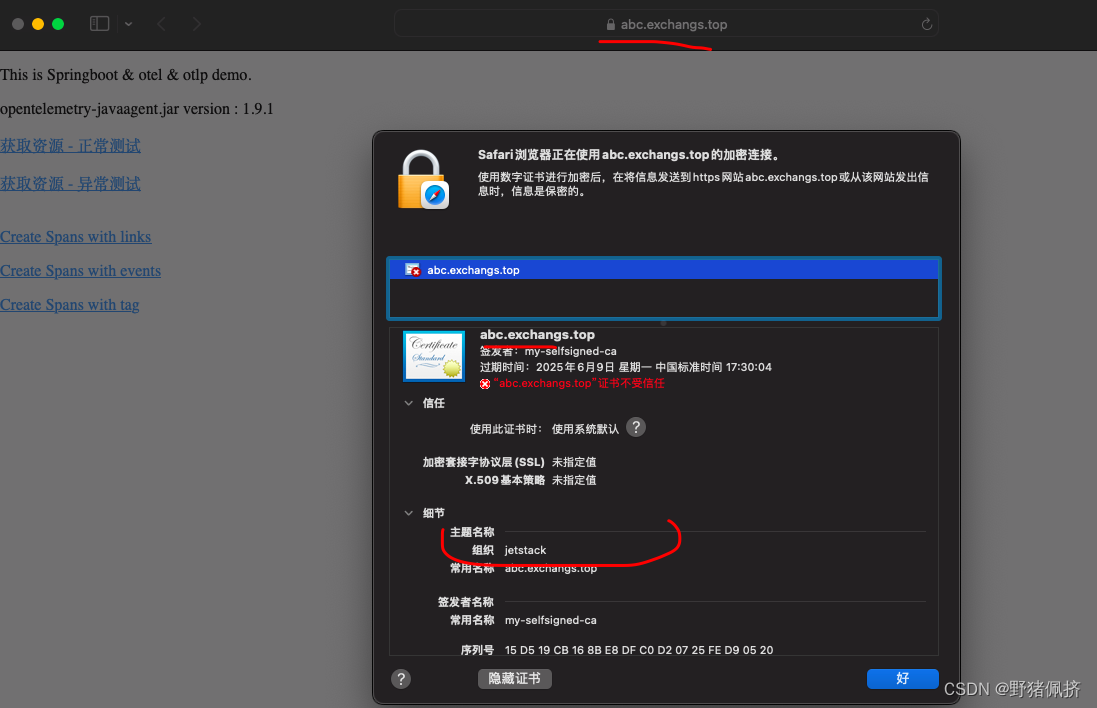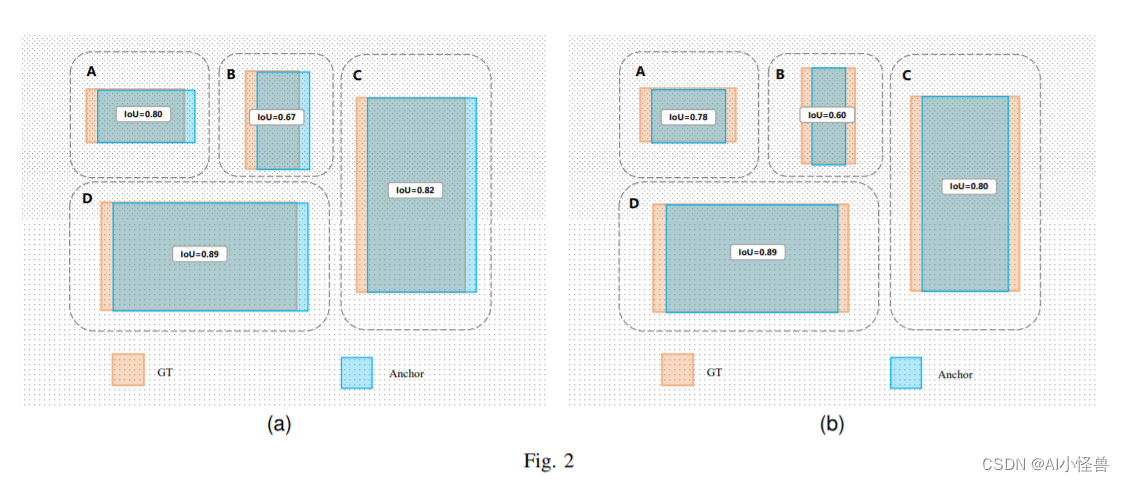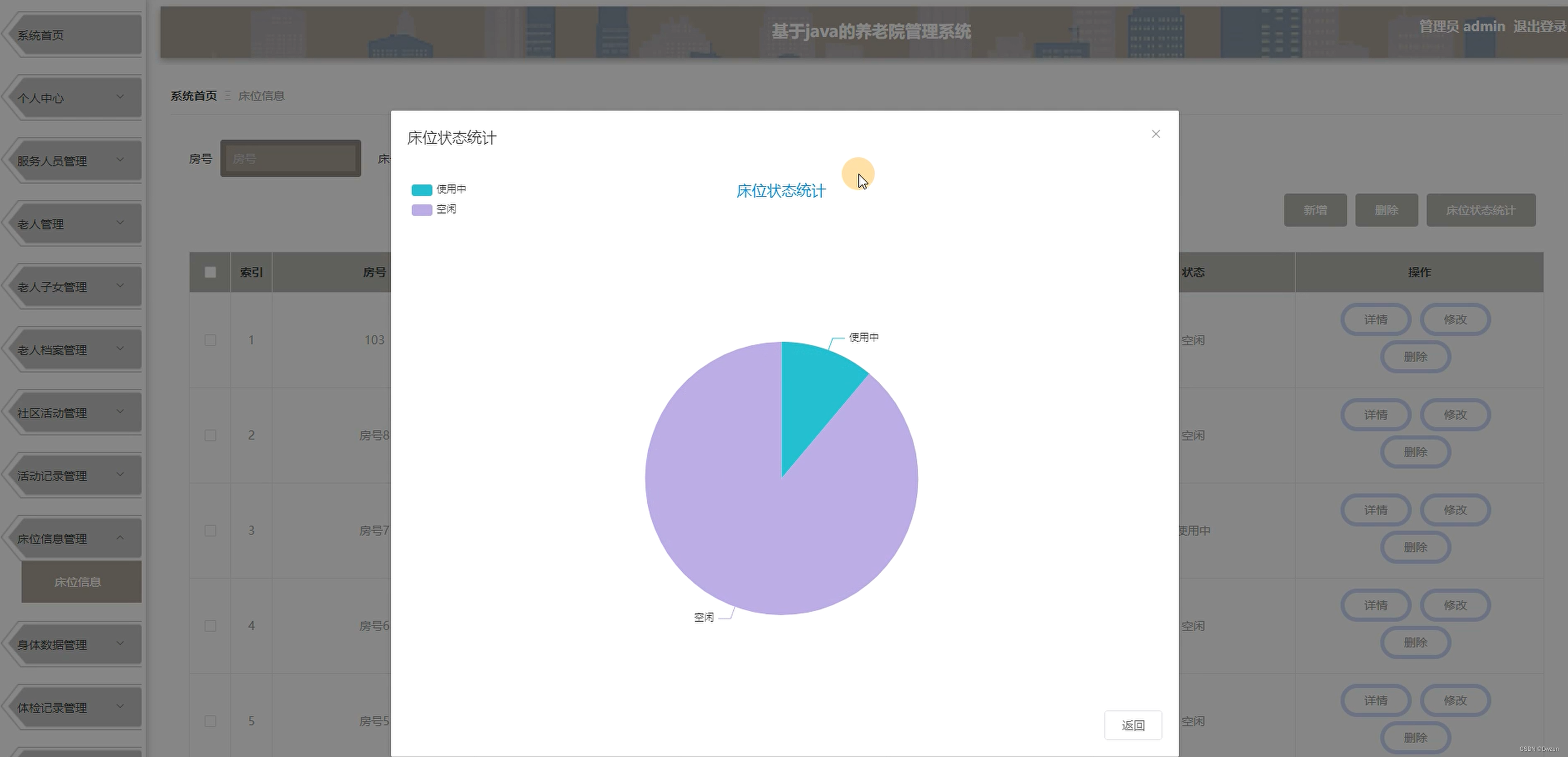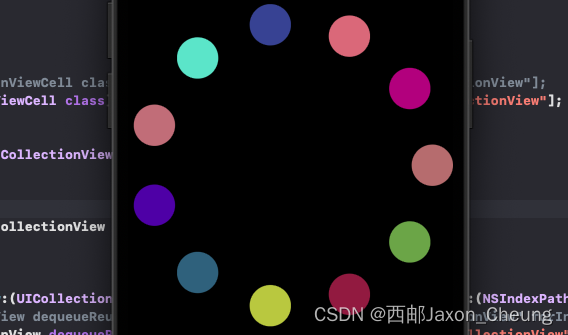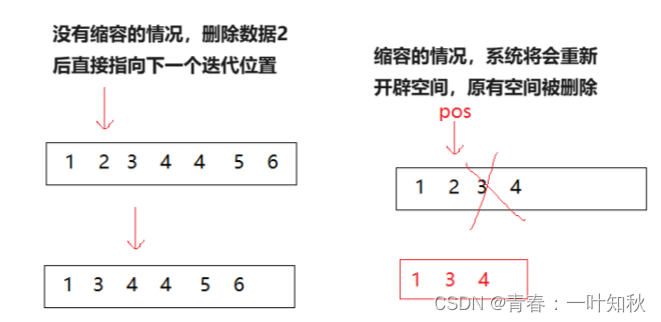文章目录
- 注意:
- const迭代器
- 怎么写?
- 运用场合?
- insert
- erase
- 析构函数
- 赋值和拷贝构造
- 区别?
- 拷贝构造不能写那个swap,为什么?
- 拷贝构造代码
- 面试问题
- 什么是迭代器失效?
- vector、list的区别?
- 完整代码
注意:
delete 和delete[]之间不能用错
delete是单个;
delete是一个数组;
vector、string都是delete[];
list本质不是数组是列表,所以delete
const迭代器
怎么写?
typedef __list_iterator<T, T&, T*> iterator; // 放public里面不然外面动不了T,就是用不了模板,私有的不能用
typedef __list_iterator<T,const T&,const T*> const_iterator;//const迭代器
//迭代器用节点的指针就行了
iterator begin()
{
return iterator(_head->_next);
//注意这里返回的是迭代器,不是_head头部指针、这个是list类里面的成员变量
//现在是把头部指针_head传过去,然后迭代器调用他的拷贝函数;
//这里面就是构造函数、因为传过去的是Node类型;
}
iterator end()
{
return iterator(_head);
}
//const_iterator
const_iterator begin() const
{
return const_iterator(_head->_next);
}
const_iterator end() const
{
return const_iterator(_head);
}

模板里面放多个参数,在传模板时候,如上图,右边框起来上面是普通的迭代器,下面有const,用哪种就会自动传过去,同时Self也是对应的迭代器;

运用场合?
一般const指针是不用的;
什么情况下去用?
传参给另一个函数用的时候会用到;
例如下面功能是打印的成员函数
void print_list(const list<int>& lt)
{
list<int>::const_iterator it = lt.begin();
while (it != lt.end())
{
cout << *it << " ";
++it;
}
cout << endl;
}
insert
在pos位置插入,这个pos是一个迭代器,插入后这个节点以及前后节点的_next和_prev要注意怎么赋值;
cur是pos指向的当前节点;
newnode是新插入的节点;

//insert
//现在要的是列表里面的那两个指针next\prev;
//迭代器里面就有_node存的是Node*类型;
void insert(iterator pos,const T& x = T())
{
Node* cur = pos._node;//pos是迭代器所以调用他的成员函数用点符号"."虽然类似指针但是不能->,这个是指针用的
Node* prev = cur->_prev;
Node* newnode = new Node(x);
newnode->_next = cur;
newnode->_prev = prev;
cur->_prev = newnode;
prev->_next = newnode;
}
写完insert,push_back和push_front就可以直接用insert的
//头插
void push_front(const T& x = T())
{
insert(begin(), x);
}
//尾插
void push_back(const T& x = T())
{
//Node* tail = _head->_prev;
//Node* newnode = new Node(x);
//tail->_next = newnode;
//newnode->_prev = tail;
//newnode->_next = _head;
//_head->_prev = newnode;
//再pos是end()的时候插入,end()表示最后一个元素的后一个位置,所以插入这个位置就是尾插
insert(end(), x);
}
erase
头节点指向的迭代器就是end();
end()的意思是最后一个元素的后一个位置,那就是_head,这个头节点;
和insert类似,_next/_prev都要重新赋值一下:

//erase,erase是要返回删除的位置的后一个位置的
Node* erase(iterator pos)
{
//cur里面存现在的地址
//prev是cur上一个地址
assert(pos != end()); //头节点不能删
Node* cur = pos._node;
Node* prev = cur->_prev;
Node* next = cur->_next;
prev->_next = next;
next->_prev = prev;
delete cur;//delete[]必须是数组,所以要注意
return next;
}
头删除、和尾删除就可以用erase了
//尾删
void pop_back()
{
//erase(iterator(_head->_prev));
erase(--end());
}
//头删除
void pop_front()
{
erase(begin());
}
析构函数
析构,栈里面的是先定义的后出去,现进后出;
析构是释放了还要置空;
void clear()
{
Node* cur = _head->_next;
while (cur != _head)
{
_head->_next = cur->_next;
delete cur;
cur = _head->_next
}
_head = head->next = head->prev;//重新关联起来,双向带头循环列表;
}
//析构
~list()
{
clear();
detete _head;
_head = nullptr;
}
clear的作用是清空这个链表里面的内容,_head这个头节点是没有data的,所以是不用动的;
析构是直接这个链表对象空间释放了,所以_head也要释放;
赋值和拷贝构造
区别?
问:string为什么这边写了要先置位nullptr,然而这边的list没有呢?
答:
拷贝构造l1(l2),l1首先要初始化、至少里面是个nullptr,因为他还没有被创建出来;
赋值的话l1 = l2,首先你这个l1是不是已经是先定义出来的,所以不用初始化的;
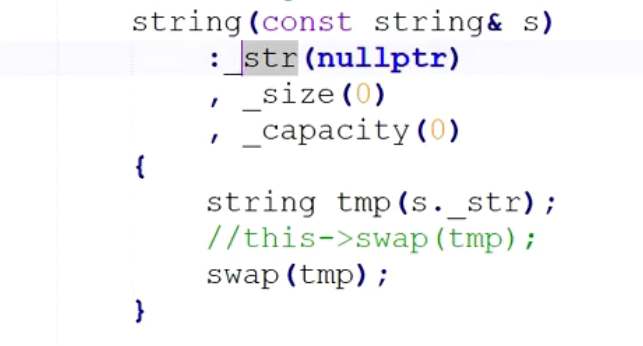
拷贝构造不能写那个swap,为什么?
答:这样的话在传参数时就是又一个拷贝构造,那就会无限循环
拷贝构造代码
//拷贝函数l1(l2)
//首先l1是没有创建出来的,所以要初始化
list(const list<T>& lt)
{
//先初始化,list里面成员函数是什么?_head,_head里面的内容
Node* _head;
_head->_next = _head->_prev = _head;
//往里面插入后面的值就行了
//方法一
/*const_iterator it = lt.begin();
while (it != it.end())
{
push_back(*it);//运算符重载过*it了,传过去的是_node->_data
it++;
}*/
//方法二
for (auto e : lt)//本质调用的迭代器
{
push_back(e);
}
}
在string和vector里面是这样的,for循环本质使用的是迭代器,有迭代器就有for循环,e理论上就是*it

面试问题
什么是迭代器失效?
迭代器失效具体内容
vector、list的区别?
vector是一个动态增长的数据
优点:支持随机访问operator[],排序、二分查找、堆算法等等可用到;
缺点:空间不够要增容、头部或者中间插入效率低o(n);
list是一个带头双向循环的链表
优点:任意位置插入效率高o(1);
缺点:不支持随机访问;
总结:list和vector相辅相成、是两个互补的容器
完整代码
test.c
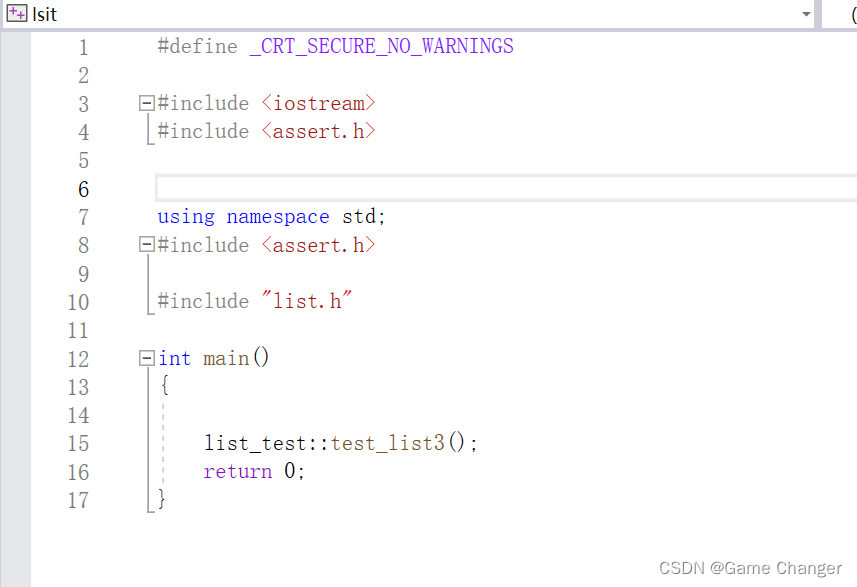
#pragma once
namespace list_test
{
template<class T>
//struct__list_node,两个_这种取名方式一般表示一会这个会在别的里面用,在这里就表示,list类里面直接用的类外面定义的struct __list_code这个结构体
struct __list_node
{
__list_node<T>* _next; // 别忘了这里要写<T>
__list_node<T>* _prev;
T _data;
//列表需要构造函数来初始化
__list_node(const T& x = T())//这个T(),指的是没有传值过来那就直接为0
:_data(x)
,_next(nullptr)
,_prev(nullptr)
{}
};
//struct迭代器__list_iterator
template<class T, class Ref, class Ptr>//这个就是三个模板参数
struct __list_iterator
{
typedef __list_node<T> Node;
typedef __list_iterator<T, Ref, Ptr> Self;
Node* _node;
//构造函数,struct怎么写构造函数、就是看这个里面成员函数有哪些
__list_iterator(Node* node)
:_node(node)
{}
//构造传的是里面的成员函数、拷贝是传的类或者说这个结构体
//浅拷贝,这个是默认函数、不用写的
__list_iterator(const Self& it)
{
_node = it._node;
}
// operator*,读_node中的data,data的类型是T,所以函数返回值类型是T
Ref operator*()
{
return _node->_data;
}
//++
Self& operator++()
{
_node = _node->_next;
return *this;
}
//后置++
Self operator++(int) //后置++里面就放个int,这是设计出来的伪参数,用来区分前后置用的
{
__list_iterator<T> tmp(*this); //直接拷贝函数、这个不用写、因为是浅拷贝,深拷贝才要写
_node = _node->_next;
//++(*this);
return tmp;
}
//--
Self& operator--()
{
_node = _node->_prev; //_node是指针
return *this; //*this就是迭代器,this是指针指向迭代器
}
Self& operator--(int) //后置++里面就放个int,这是设计出来的伪参数,用来区分前后置用的
{
Self tmp(*this); //直接拷贝函数、这个不用写、因为是浅拷贝,深拷贝才要写
//node = _node->_next;
--(*this);
return tmp;
}
//!=,两个迭代器之间不相等、迭代器里面的成员函数是_node,比的是这两个,就是他指向一个列表的地址,看这两个地址一样吗
bool operator!=(const Self& it)
{
return _node != it._node;
}
Ptr operator->()
{
return &_node->_data;//返回这个地址
//指向这个地址,调用时第一个->返回其地址、第二个->返回地址上的值,迭代器做了优化,调用只需要一个->
}
};
template<class T>
class list
{
typedef __list_node<T> Node;
public:
typedef __list_iterator<T, T&, T*> iterator; // 放public里面不然外面动不了T,就是用不了模板,私有的不能用
typedef __list_iterator<T,const T&,const T*> const_iterator;//const迭代器
//迭代器用节点的指针就行了
iterator begin()
{
return iterator(_head->_next);
//注意这里返回的是迭代器,不是_head头部指针、这个是list类里面的成员变量
//现在是把头部指针_head传过去,然后迭代器调用他的拷贝函数;
//这里面就是构造函数、因为传过去的是Node类型;
}
iterator end()
{
return iterator(_head);
}
//const_iterator
const_iterator begin() const
{
return const_iterator(_head->_next);
}
const_iterator end() const
{
return const_iterator(_head);
}
//构造函数
list()
{
_head = new Node;//new node //这里面不用写成Node[],是因为[]是数组用的,这个就里面就开辟一个指针指向的地址空间,[]是一个数组的空间
_head->_next = _head;
_head->_prev = _head;
}
//insert
//现在要的是列表里面的那两个指针next\prev;
//迭代器里面就有_node存的是Node*类型;
void insert(iterator pos,const T& x = T())
{
Node* cur = pos._node;//pos是迭代器所以调用他的成员函数用点符号"."虽然类似指针但是不能->,这个是指针用的
Node* prev = cur->_prev;
Node* newnode = new Node(x);
newnode->_next = cur;
newnode->_prev = prev;
cur->_prev = newnode;
prev->_next = newnode;
}
//头插
void push_front(const T& x = T())
{
insert(begin(), x);
}
//尾插
void push_back(const T& x = T())
{
//Node* tail = _head->_prev;
//Node* newnode = new Node(x);
//tail->_next = newnode;
//newnode->_prev = tail;
//newnode->_next = _head;
//_head->_prev = newnode;
//再pos是end()的时候插入,end()表示最后一个元素的后一个位置,所以插入这个位置就是尾插
insert(end(), x);
}
//erase,erase是要返回删除的位置的后一个位置的
Node* erase(iterator pos)
{
//cur里面存现在的地址
//prev是cur上一个地址
assert(pos != end()); //头节点不能删
Node* cur = pos._node;
Node* prev = cur->_prev;
Node* next = cur->_next;
prev->_next = next;
next->_prev = prev;
delete cur;//delete[]必须是数组,所以要注意
return next;
}
//尾删
void pop_back()
{
//erase(iterator(_head->_prev));
erase(--end());
}
//头删除
void pop_front()
{
erase(begin());
}
void clear()
{
Node* cur = _head->_next;
while (cur != _head)
{
_head->_next = cur->_next;
delete cur;
cur = _head->_next
}
_head = head->next = head->prev;//重新关联起来,双向带头循环列表;
}
//析构
~list()
{
clear();
detete _head;
_head = nullptr;
}
//拷贝函数l1(l2)
//首先l1是没有创建出来的,所以要初始化
list(const list<T>& lt)
{
//先初始化,list里面成员函数是什么?_head,_head里面的内容
Node* _head;
_head->_next = _head->_prev = _head;
//往里面插入后面的值就行了
//方法一
/*const_iterator it = lt.begin();
while (it != it.end())
{
push_back(*it);//运算符重载过*it了,传过去的是_node->_data
it++;
}*/
//方法二
for (auto e : lt)//本质调用的迭代器
{
push_back(e);
}
}
//赋值运算l1 = l2
//方法一:
list<T>& operator=(const list<T>& lt)
{
//防止自己给自己赋值
if (this != <)//用地址来比较
{
clear();//看clear函数,clear结束后就是初始化后的_head,所以也不用再写一遍_head的初始话
for (auto e : lt)
push_back(e);//就一行不用写{}了
}
return *this;//*this,解引用this迭代器就是这个list类的对象了l1
}
//方法二:
list<T>& operator=(list<T> lt)//这里传参用到拷贝构造,lt是临时对象
{
swap(_head, lt._head)
return *this;//*this,解引用this迭代器就是这个list类的对象了l1
}
private:
Node* _head;
};
void test_list1()
{
list<int> lt;
lt.push_back(1);
lt.push_back(2);
lt.push_back(3);
lt.push_back(4);
list<int>::iterator it = lt.begin();
while (it != lt.end())
{
cout << *it << " ";
++it;
}
cout << endl;
}
struct Date
{
int _year = 0;
int _month = 1;
int _day = 2;
};
void test_list2()
{
list<Date> lt;
lt.push_back(Date());
lt.push_back(Date());
list<Date>::iterator it = lt.begin();//调用data,因为现在模板T就是date,传参传过去date是可以的
while (it != lt.end())
{
cout << it->_year << " " << it->_month << " " << it->_day;
++it;
}
cout << endl;
}
void print_list(const list<int>& lt)
{
list<int>::const_iterator it = lt.begin();
while (it != lt.end())
{
cout << *it << " ";
++it;
}
cout << endl;
}
void test_list3()
{
list<int> lt;
lt.push_back(1);
lt.push_back(2);
lt.push_back(3);
lt.push_back(4);
print_list(lt);
lt.pop_front();
lt.pop_back();
print_list(lt);
}
}

